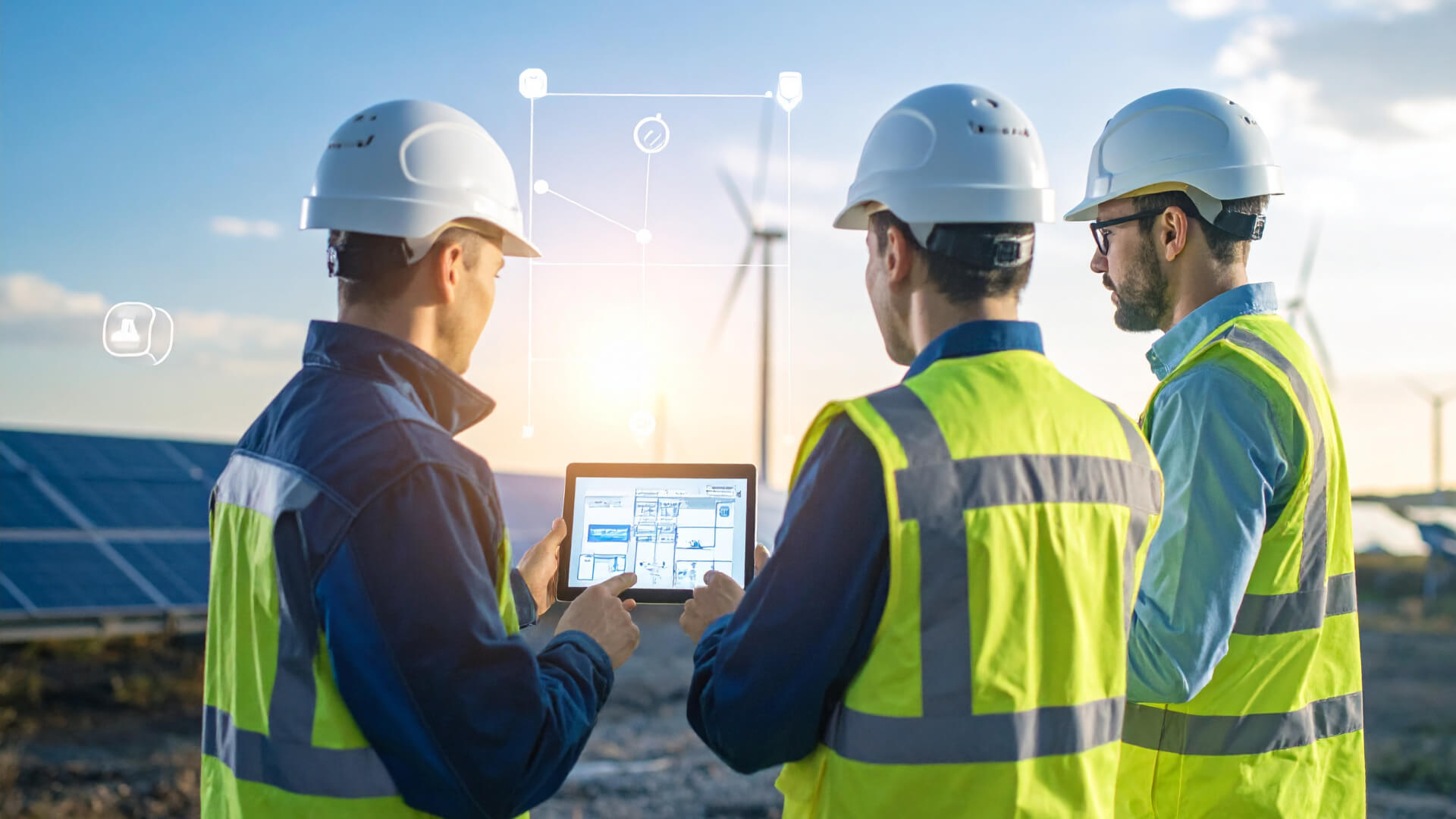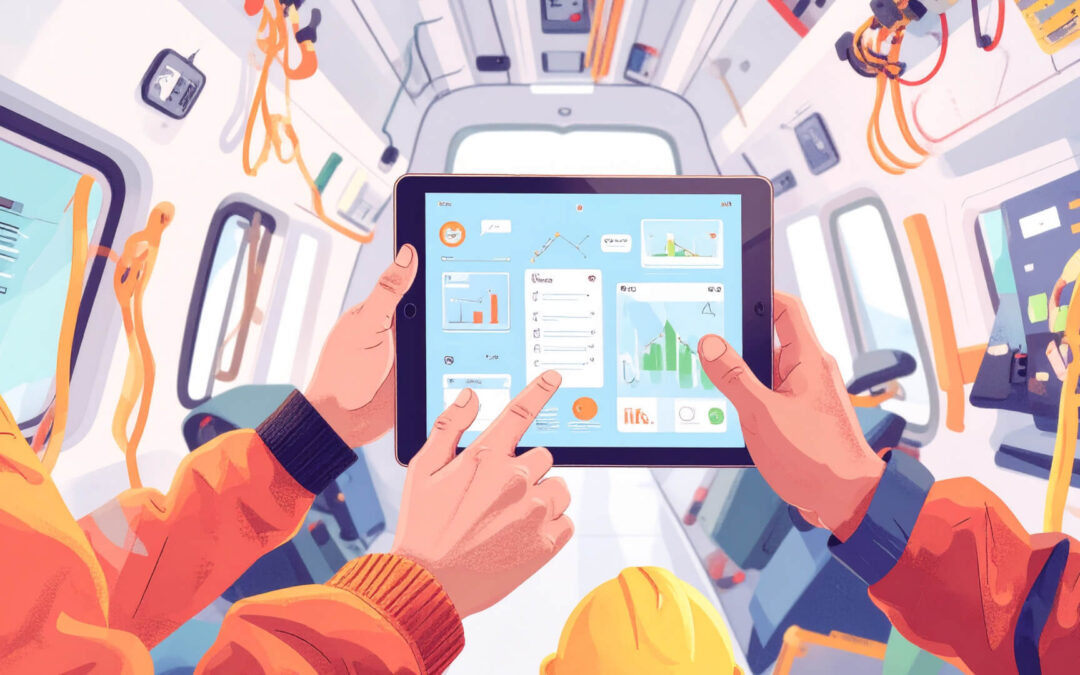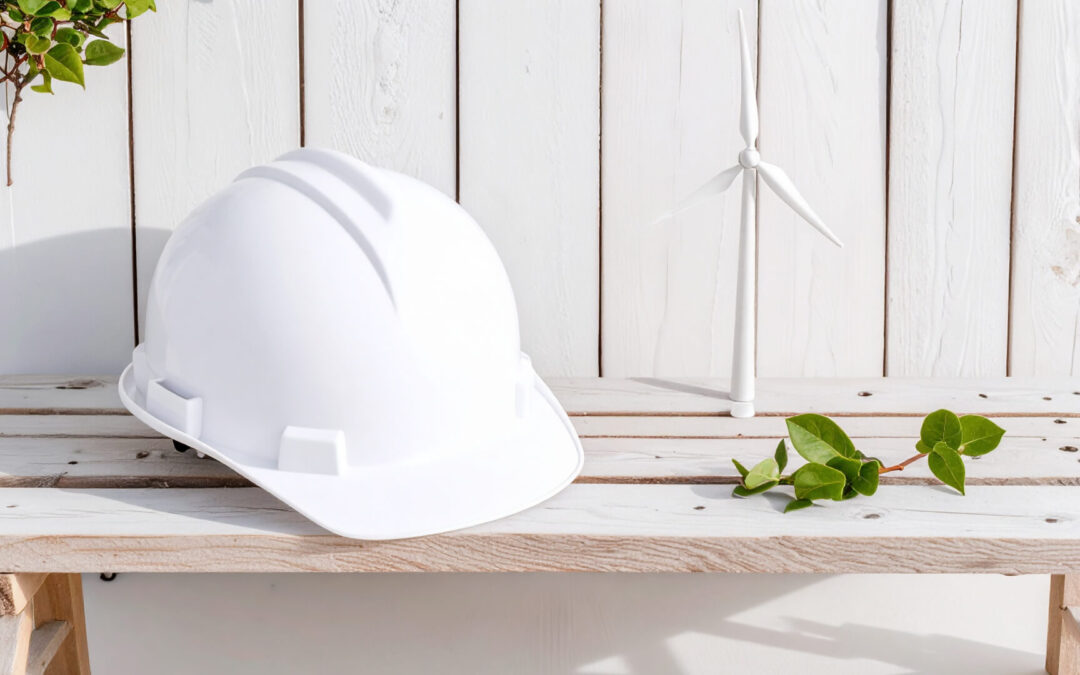As the wind energy sector rapidly expands, the demand for skilled wind technicians is soaring. Training these technicians effectively is critical to ensuring safety, efficiency, and innovation in wind farm operations.
Traditional training methods—such as lengthy classroom sessions and generic e-learning modules—are increasingly being outpaced by more dynamic, learner-centered approaches.
Among these, blended microlearning combined with field application is emerging as the most effective strategy to prepare wind technicians for the challenges of the job.
Why Blended Microlearning is Revolutionizing Wind Technician Training
Blended microlearning integrates short, focused digital lessons with real-world, on-the-job coaching. This hybrid model leverages mobile technology and scenario-based learning to deliver content that is not only accessible but also immediately applicable in the field.
1. Higher Retention and Engagement via Mobile Content
Wind technicians often work in remote locations and irregular shifts, making traditional classroom attendance difficult.
Microlearning modules—typically 3 to 7 minutes long—can be accessed anytime, anywhere via smartphones or tablets. This flexibility leads to:
Increased engagement: Bite-sized lessons are easier to digest and less overwhelming.
Improved retention: Frequent, spaced learning helps embed knowledge more effectively than long, infrequent sessions.
Just-in-time learning: Technicians can review specific modules right before performing tasks, reinforcing safety and operational procedures.
Recent studies in vocational training show that learners retain up to 60% more information when training is delivered in microlearning formats compared to traditional e-learning.
2. Practical Learning Over Theory-Heavy Programs
Wind turbine maintenance and troubleshooting require hands-on skills and situational judgment. Generic e-learning often focuses heavily on theory, which can disconnect trainees from real operational challenges. Blended microlearning addresses this by:
Using scenario-based simulations that mimic real-life turbine issues.
Encouraging problem-solving and critical thinking in context.
Integrating field coaching where experienced technicians mentor trainees during actual maintenance tasks.
This practical approach ensures technicians not only understand concepts but can apply them confidently and safely.
3. Hybrid Model Supports Both Onboarding and Upskilling
The wind energy industry is evolving rapidly, with new turbine technologies and safety protocols emerging regularly. A blended microlearning system supports:
Efficient onboarding: New hires quickly gain foundational knowledge and hands-on experience.
Continuous upskilling: Experienced technicians stay current with the latest advancements through modular updates.
Personalized learning paths: Training can be tailored to individual skill levels and job roles.
This adaptability is essential for maintaining a competent workforce and minimizing downtime on wind farms.
Real-World Success: GML’s Blended Learning Approach
Global Microlearning Labs (GML) is a pioneer in delivering blended microlearning solutions tailored for wind technician training. By combining digital, scenario-based lessons with field coaching, GML has reported:
- A 40% increase in trainee knowledge retention.
- A 30% reduction in training time compared to traditional methods.
- Enhanced technician confidence and safety compliance on-site.
Their approach exemplifies how technology and practical experience can be harmonized to meet industry demands.
Conclusion
The future of wind technician training lies in embracing blended microlearning models that combine the best of digital innovation and hands-on experience. This approach not only boosts knowledge retention and engagement but also ensures that technicians are prepared to meet the evolving demands of the wind energy industry.
As companies like GML demonstrate, investing in blended microlearning is a strategic move toward building a safer, more skilled, and adaptable wind workforce.
FAQ
What exactly is microlearning?
Microlearning delivers educational content in small, focused segments that can be completed quickly, typically in under 10 minutes. It emphasizes key concepts and practical skills rather than exhaustive theory.
How does blended microlearning differ from traditional e-learning?
Blended microlearning combines short digital lessons with real-world application and coaching, whereas traditional e-learning often involves longer, standalone online courses without field interaction.
Can microlearning be effective for complex technical skills?
Yes. When combined with scenario-based simulations and hands-on coaching, microlearning can effectively teach complex skills by breaking them down into manageable, contextualized units.
Is mobile access necessary for microlearning?
Mobile access greatly enhances the flexibility and convenience of microlearning, especially for wind technicians working in remote or variable environments.
How does blended microlearning improve safety on wind farms?
By offering just-in-time training and reinforcing practical skills through field coaching, blended microlearning helps technicians perform tasks correctly and safely, reducing the risk of accidents.




